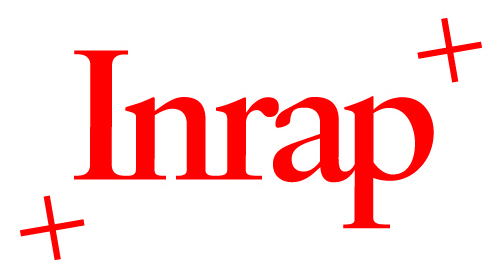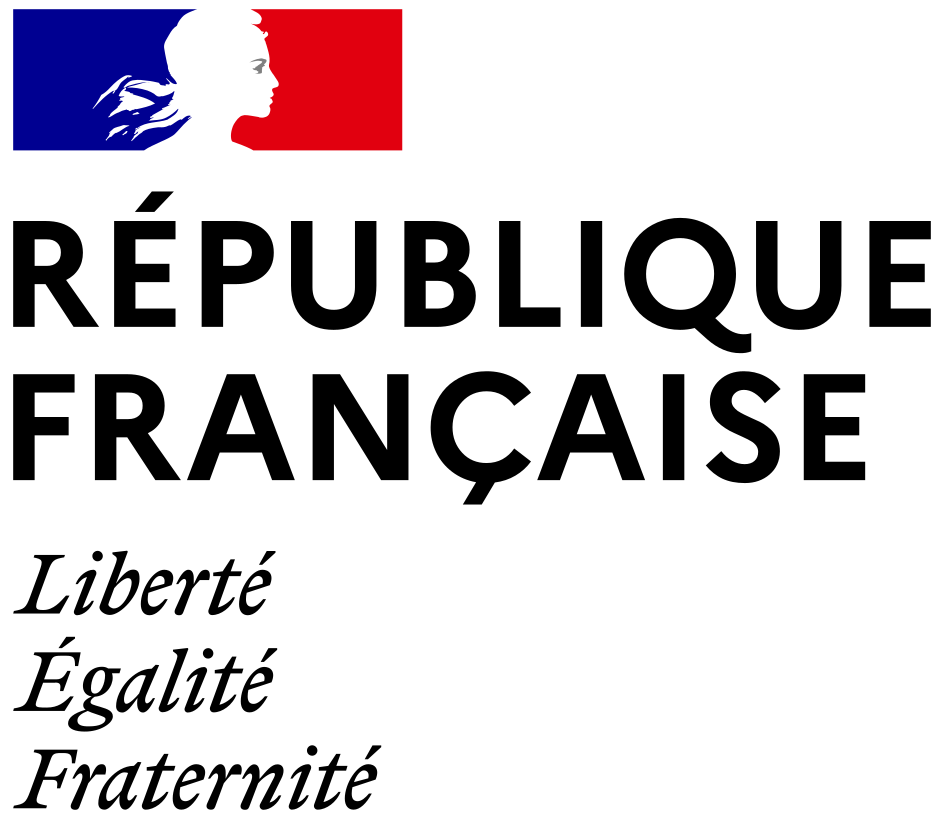La tomographie, un atout majeur dans la chaîne opératoire analytique de l’objet archéologique
Résumé
This article presents the feedback of two specialists in metal furniture - an archaeologist and a conservator-restorer - on the use of tomographic imaging in the analytical operating chain of artifacts, from the micro-sampling of samples to the various conservation-restoration interventions and their study of the objects. Different examples illustrate the advantages of this non-destructive analysis technique while considering its few limitations. As our activities are closely linked to the evolution of these new X-ray imaging technologies, we can already measure their impact both in the choice of intervention protocols during cleaning for study or restoration and in the scientific exploitation of the documentation and its valorization.
Cet article présente le retour d’expérience de deux spécialistes du mobilier métallique – une archéologue et un conservateur-restaurateur –, sur l’emploi de l’imagerie tomographique dans la chaîne opératoire analytique des artefacts, de la micro-fouille de prélèvements aux différentes interventions en conservation-restauration et à leur l’étude des objets. Différents exemples illustrent les atouts de cette technique d’analyse non destructive tout en considérant ses quelques limites. Nos activités étant étroitement liées à l’évolution de ces nouvelles technologies d’imagerie RX, on peut d’ores et déjà en mesurer l’impact tant dans le choix des protocoles d’intervention lors de nettoyages pour étude ou restaurations que dans l’exploitation scientifique de la documentation et sa valorisation.





